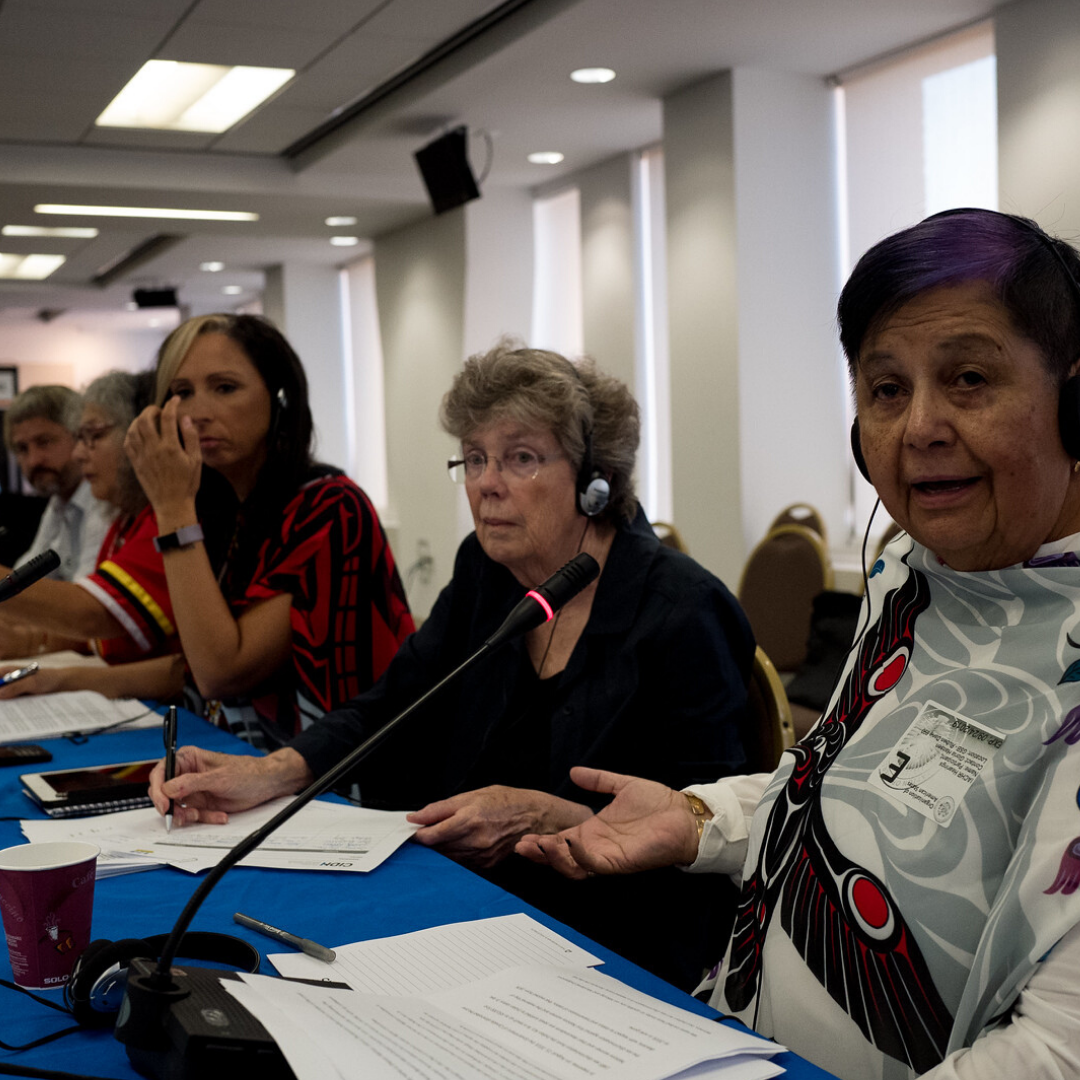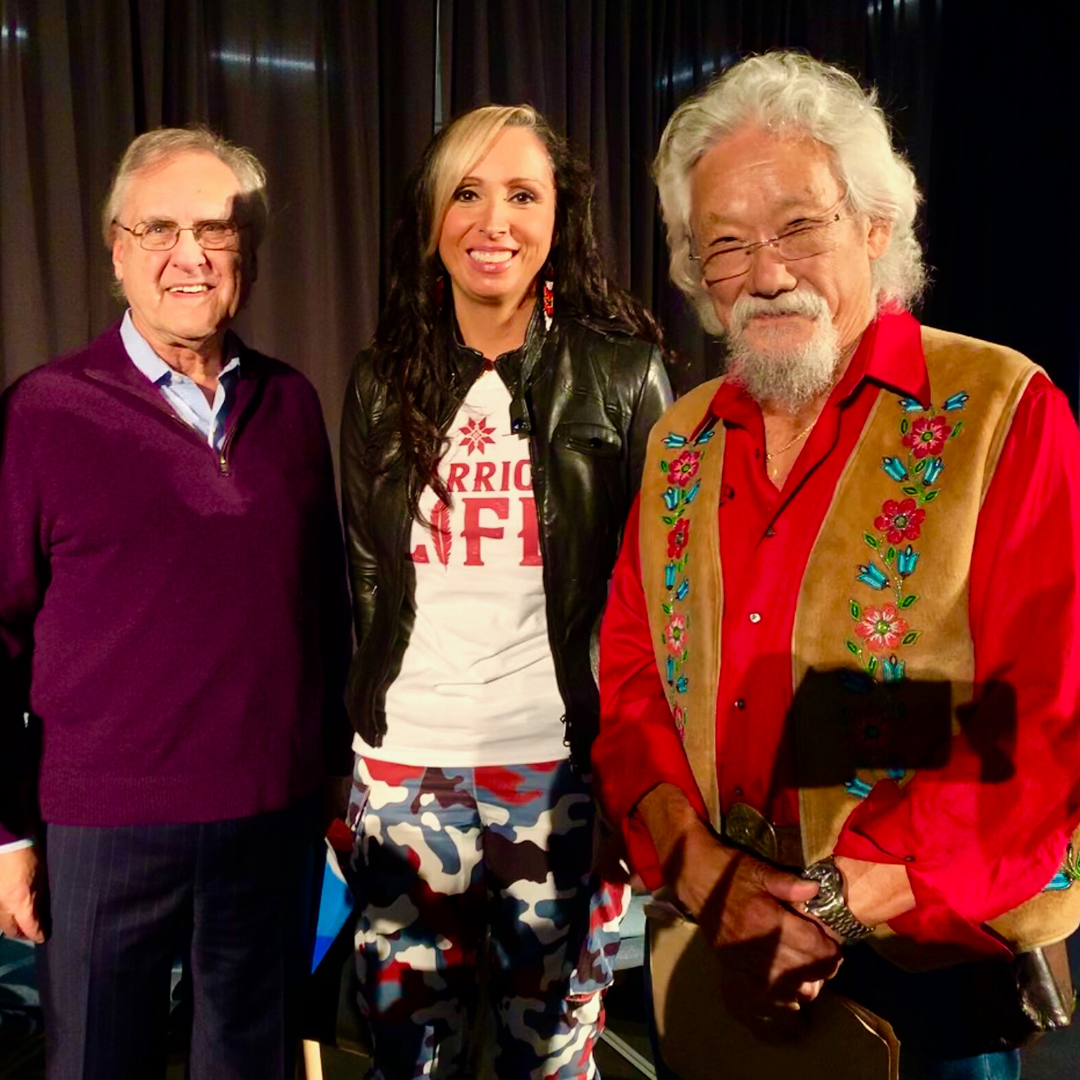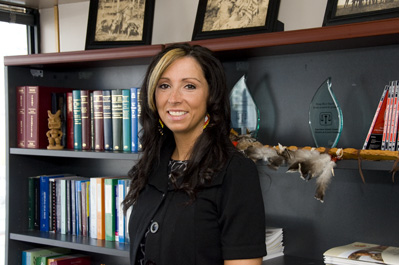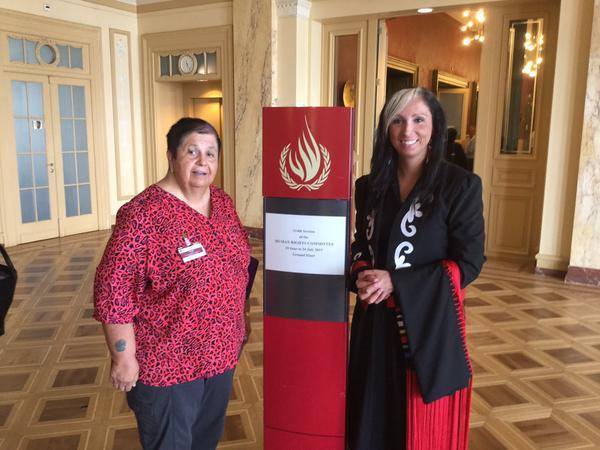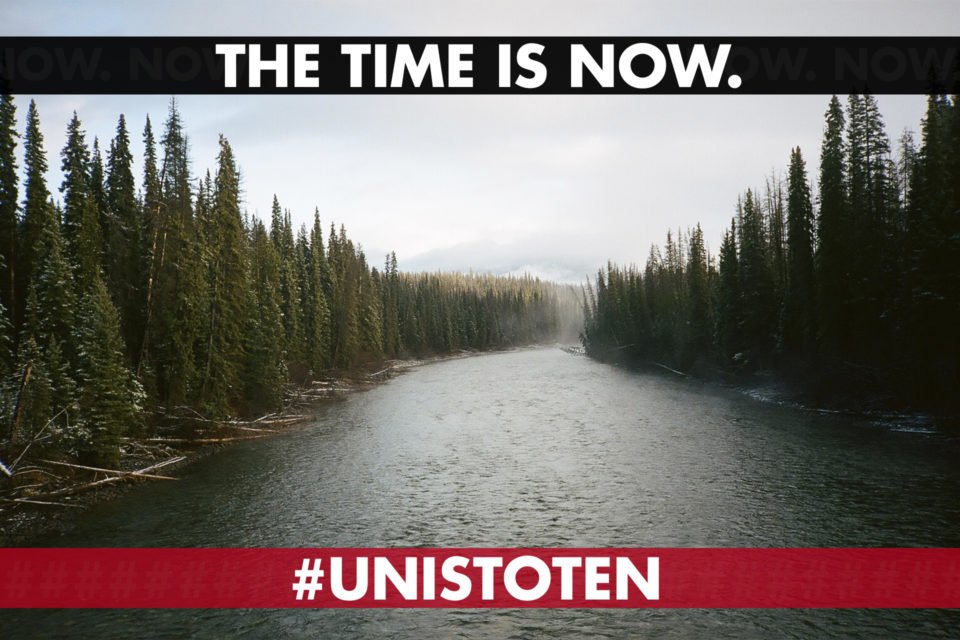For decades, the families of murdered and missing Indigenous women and girls and their communities; together with Indigenous women leaders and experts and allied human rights organizations, advocated for government action to end the crisis. Many families had called for a national inquiry, which was supported by various international human rights treaty bodies. After a…
Continue reading…about Transitional Justice Plan Urgently Needed to End Genocide in Canada
